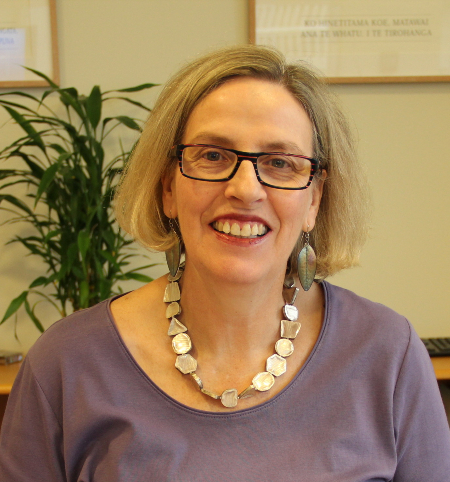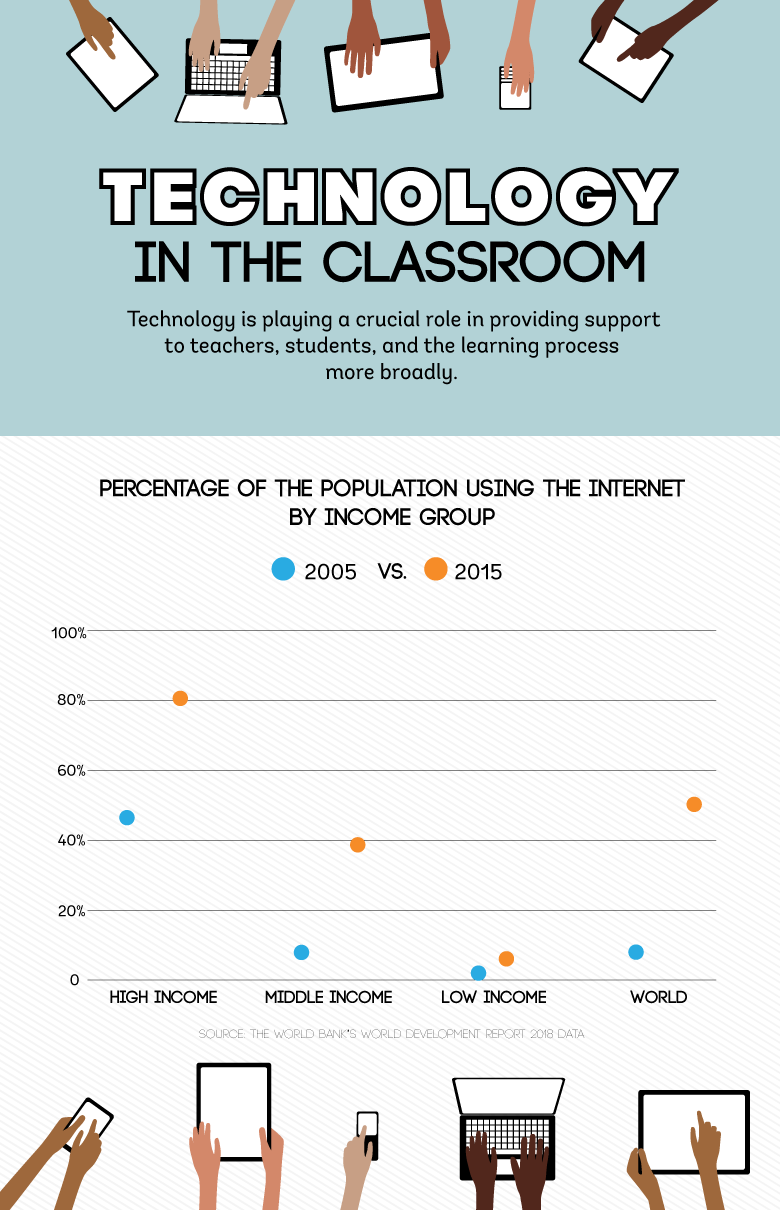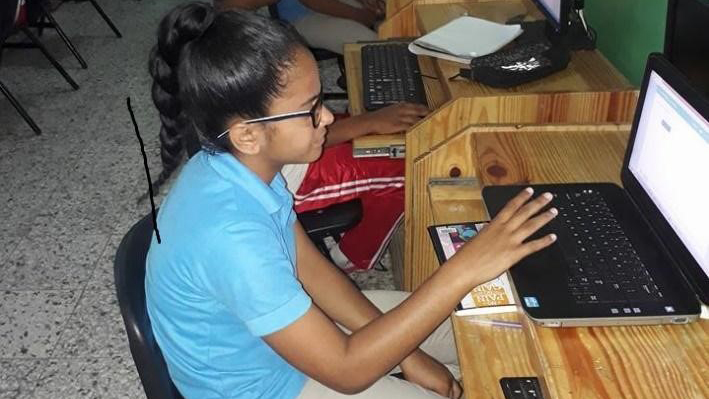First grade students in Pakistan’s Balochistan Province are learning the alphabet through child-friendly flash cards. Their learning materials help educators teach through interactive and engaging activities and are provided free of charge through a student’s first learning backpack. © World Bank
THE NAME OF THE DOG IS PUPPY. This seems like a simple sentence. But did you know that in Kenya, Tanzania, and Uganda, three out of four third grade students do not understand it?
The world is facing a learning crisis. Worldwide, hundreds of millions of children reach young adulthood without even the most basic skills like calculating the correct change from a transaction, reading a doctor’s instructions, or understanding a bus schedule—let alone building a fulfilling career or educating their children.
Education is at the center of building human capital. The latest World Bank research shows that the productivity of 56 percent of the world’s children will be less than half of what it could be if they enjoyed complete education and full health.
For individuals, education raises self-esteem and furthers opportunities for employment and earnings. And for a country, it helps strengthen institutions within societies, drives long-term economic growth, reduces poverty, and spurs innovation.

A global learning crisis
As a result, it is hard for them to do anything about it. And with uncertainty about the kinds of skills the jobs of the future will require, schools and teachers must prepare students with more than basic reading and writing skills. Students need to be able to interpret information, form opinions, be creative, communicate well, collaborate, and be resilient.
The World Bank’s vision is for all children and youth to be learning and acquiring the skills they need to be productive, fulfilled, and involved citizens and workers. Our focus is on helping teachers at all levels become more effective in facilitating learning, improving technology for learning, strengthening management of schools and systems, while ensuring learners of all ages—from preschool to adulthood—are equipped for success.
Change starts with a great teacher
A growing body of evidence suggests the learning crisis is, at its core, a teaching crisis. For students to learn, they need good teachers—but
Fortunately for many students, in every country, there are dedicated and enthusiastic teachers who, despite all challenges, enrich and transform their lives. They are heroes who defy the odds and make learning happen with passion, creativity and determination.
One such hero works in the Ecoles Oued Eddahab school in Kenitra, Morocco. In a colorful classroom that she painted herself, she uses creative tools to make sure that every child learns, participates, and has fun. In her class, each letter in the alphabet is associated with the sound of an animal and a hand movement. During class she says a word, spells it out loud using the sounds and the movement, and students then write the word down. She can easily identify students who are struggling with the material and adjust the pace of the lesson to help them get on track. Children are engaged and attentive. They participate and are not afraid to make mistakes. This is a teacher who wants to make sure that ALL children learn.

But even heroes need help. We need to be sure that all teachers are motivated to do their best and that they are equipped with what they need to teach effectively.
To support countries in reforming the teaching profession, the World Bank is launching “Successful Teachers, Successful Students.” This global platform for teachers addresses the key challenges of making all teachers effective, making teaching a respectable and attractive profession with effective personnel policies, and ensuring teachers are equipped with the right skills and knowledge before entering the classroom and subsequently supporting them throughout their careers.
Technology offers new possibilities for teaching and learning
Rapid technological change is raising the stakes. Technology is already playing a crucial role in providing support to teachers, students, and the learning process more broadly. It can help teachers better manage the classroom and offer different challenges to different students. And technology can allow principals, parents, and students to interact seamlessly.

One of the most interesting, large scale educational technology efforts is being led by EkStep, a philanthropic effort in India. EkStep created an open digital infrastructure which provides access to learning opportunities for 200 million children, as well as professional development opportunities for 12 million teachers and 4.5 million school leaders. Both teachers and children are accessing content which ranges from teaching materials, explanatory videos, interactive content, stories, practice worksheets, and formative assessments. By monitoring which content is used most frequently—and most beneficially—informed decisions can be made around future content.
In the Dominican Republic, a World Bank supported pilot study shows how adaptive technologies can generate great interest among 21st century students and present a path to supporting the learning and teaching of future generations.
Yudeisy, a sixth grader participating in the study, says that what she likes doing the most during the day is watching videos and tutorials on her computer and cell phone. Taking childhood curiosity as a starting point, the study aimed to channel it towards math learning in a way that interests Yudeisy and her classmates.

Yudeisy, along with her classmates in a public elementary school in Santo Domingo, is part of a four-month pilot to reinforce mathematics using software that adapts to the math level of each student. © World Bank
Adaptive technology was used to evaluate students’ initial learning level to then walk them through math exercises in a dynamic, personalized way, based on artificial intelligence and what the student is ready to learn. After three months, students with the lowest initial performance achieved substantial improvements. This shows the potential of technology to increase learning outcomes, especially among students lagging behind their peers.
In a field that is developing at dizzying speeds, innovative solutions to educational challenges are springing up everywhere. Our challenge is to make technology a driver of equity and inclusion and not a source of greater inequality of opportunity. We are working with partners worldwide to support the effective and appropriate use of educational technologies to strengthen learning.
When schools and educations systems are managed well, learning happens
Successful education reforms require good policy design, strong political commitment, and effective implementation capacity. Of course, this is extremely challenging. Many countries struggle to make efficient use of resources and very often increased education spending does not translate into more learning and improved human capital. Overcoming such challenges involves working at all levels of the system.
At the central level, ministries of education need to attract the best experts to design and implement evidence-based and country-specific programs. District or regional offices need the capacity and the tools to monitor learning and support schools. At the school level, principals need to be trained and prepared to manage and lead schools, from planning the use of resources to supervising and nurturing their teachers.
However difficult, change is possible. Supported by the World Bank, public schools across Punjab in Pakistan have been part of major reforms over the past few years to address these challenges. Through improved school-level accountability by monitoring and limiting teacher and student absenteeism, and the introduction of a merit-based teacher recruitment system, where only the most talented and motivated teachers were selected, they were able to increase enrollment and retention of students and significantly improve the quality of education. "The government schools have become very good now, even better than private ones," said Mr. Ahmed, a local villager.
The World Bank, along with the Bill and Melinda Gates Foundation, and the UK’s Department for International Development, is developing the Global Education Policy Dashboard. This new initiative will provide governments with a system for monitoring how their education systems are functioning, from learning data to policy plans, so they are better able to make timely and evidence-based decisions.
Education reform: The long game is worth it
In fact, it will take a generation to realize the full benefits of high-quality teachers, the effective use of technology, improved management of education systems, and engaged and prepared learners. However, global experience shows us that countries that have rapidly accelerated development and prosperity all share the common characteristic of taking education seriously and investing appropriately.
As we mark the first-ever International Day of Education on January 24, we must do all we can to equip our youth with the skills to keep learning, adapt to changing realities, and thrive in an increasingly competitive global economy and a rapidly changing world of work.
The schools of the future are being built today. These are schools where all teachers have the right competencies and motivation, where technology empowers them to deliver quality learning, and where all students learn fundamental skills, including socio-emotional, and digital skills. These schools are safe and affordable to everyone and are places where children and young people learn with joy, rigor, and purpose.
Governments, teachers, parents, and the international community must do their homework to realize the promise of education for all students, in every village, in every city, and in every country.